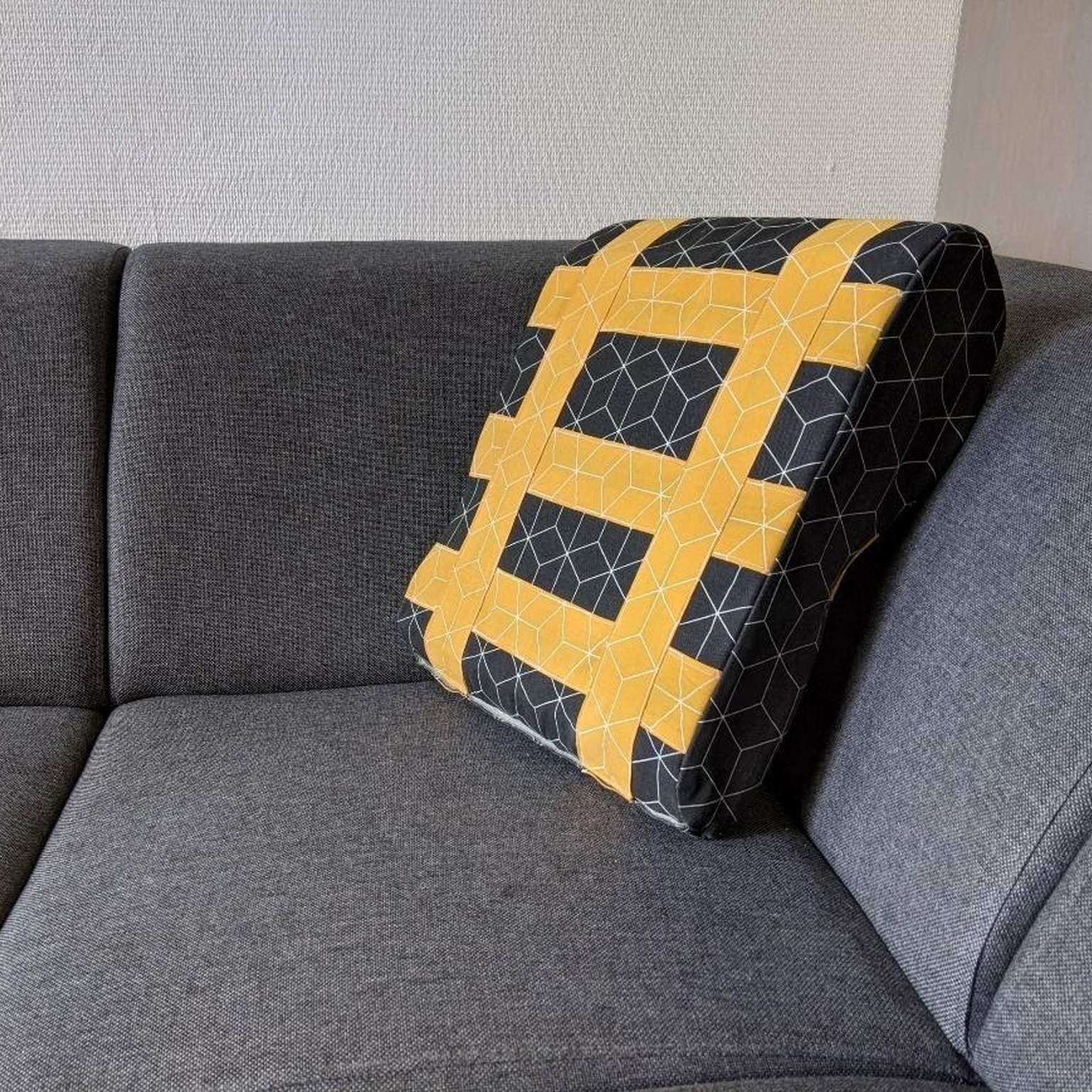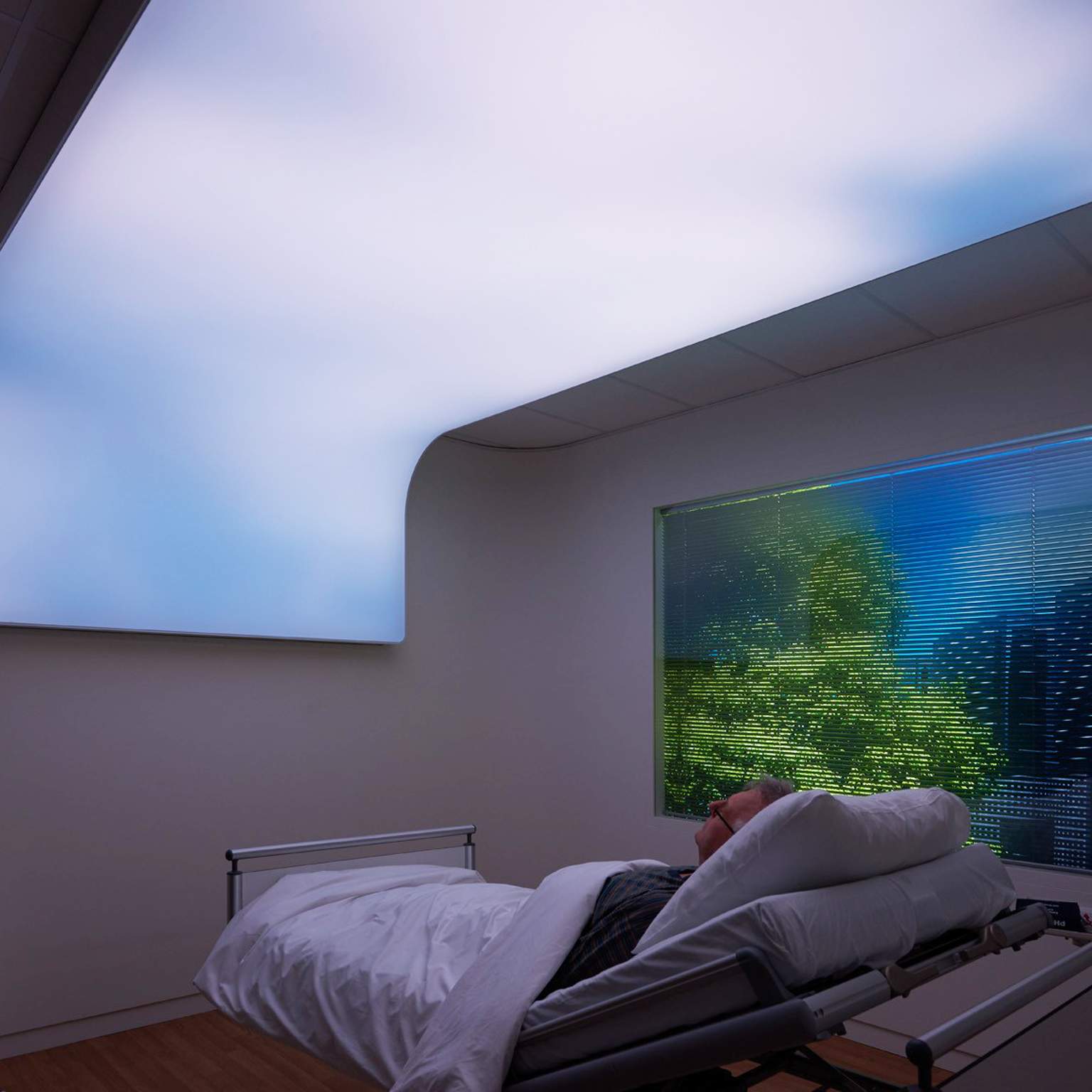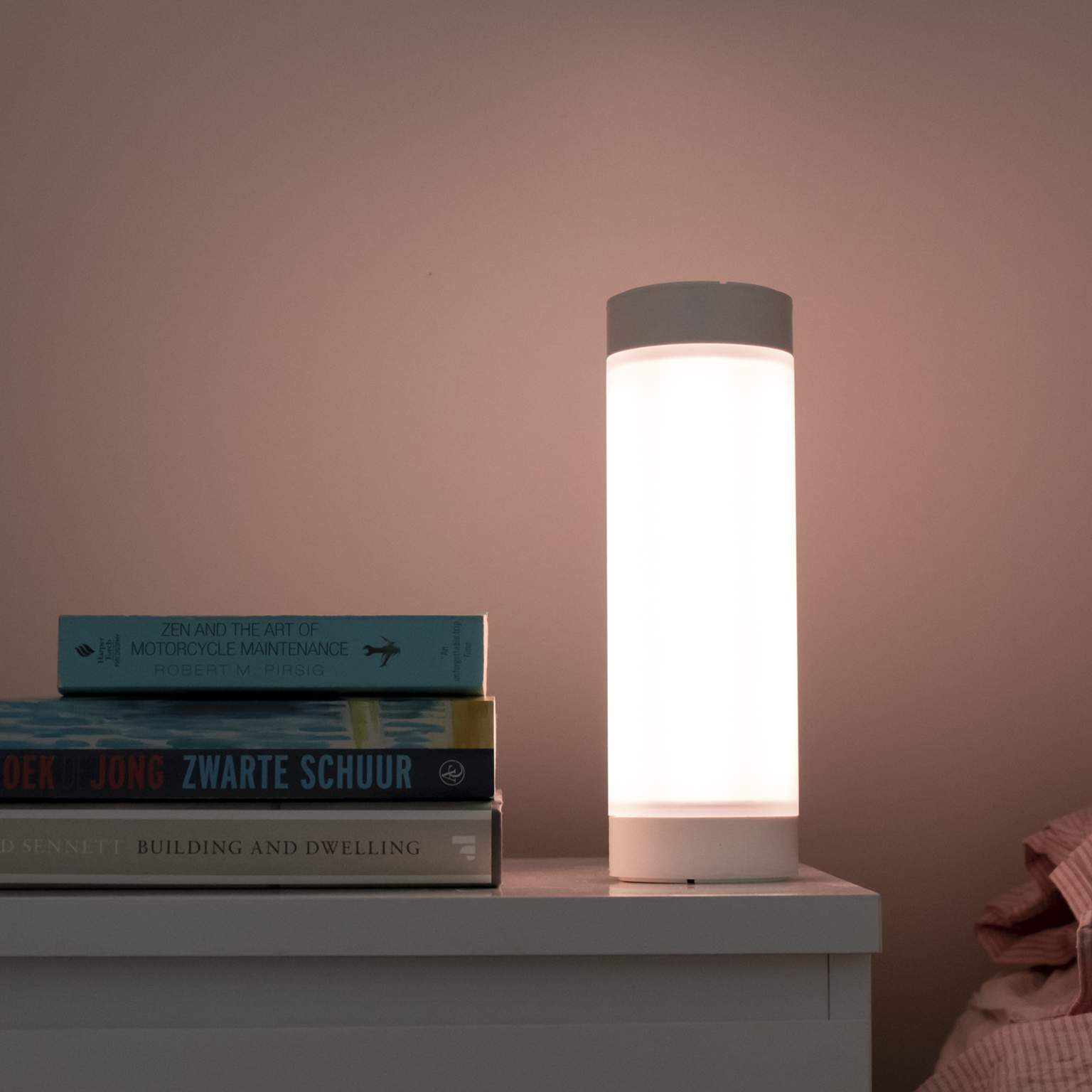The Digital Age in which we live is morphing the identities of designed artefacts.
Big Data and AI are blurring the traditional boundaries between subject and object, physical and digital, human and machine. The resulting hybrids are often regarded with a combination of suspicion and fear, coupled with a feeling of curiosity and wonder. We ask: what is the merit of these new hybrid artefacts? And what role can designers play in making sense of them?
Design does not take place in a vacuum.
On the contrary, designers and the products they create, originate and function within complex environments or ecologies consisting of multiple people, products, and systems that are entangled, unpredictable and interdependent.
This presents a complex design conundrum: what constitutes an ecology and who or what should be included? How might designers set boundaries around complex design spaces? And how might we change such ecologies through particular design interventions?
We may be living in a Digital Age but we continue to inhabit a material world and physical artefacts still play an important role in design research.
Consequently the emergence of new biological materials – living matters – presents a fascinating challenge for designers. How might emerging materials help designers create products that digest, or integrate and blend with our human bodies and with our natural environment? How might living materials allow products to function in new and efficient ways? Might these emerging materials prompt us to re-evaluate ‘life’ itself?
Silent Power is about both the intentional and unintentional change design can cause in individuals and in society.
What stance should designers take within an opinionated society and how do they deal with moral dilemmas when aiming for a particular impact? To what extent are designers part of industry, or activists driven by personal goals and political agendas? How can designers anticipate for, or even negate, unforeseen consequences – by design?
How fast can designers respond to change? What can they do?
The role of design during the COVID-19 pandemic is one of a number of timely case studies which will be debated. But beyond corona, how does the designer’s practical response to a crisis relate to longer term research and solutions? How might designers create sustainable solutions from the very beginning of the design process - building in resilience to future shocks?









